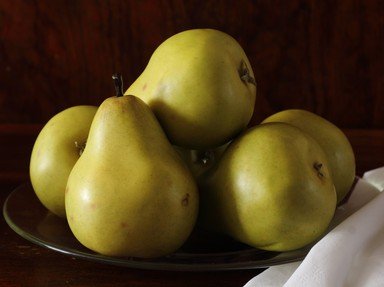Quiz Answer Key and Fun Facts
1. (EXAMPLE: To bend the body forward in thanks or respect - and a part of a ship. ANSWER: Bow. Now, it's your turn)
The location of your home - and a speech to an audience. What is this homonym?
2. I am reversing a car - and supporting a sports team. What am I doing with this homonym?
3. I am a steep edge of a river - and a place to deposit money. What is my homonym?
4. I am part of a cricketer's equipment - and a creature of the night. Can you name this homonym?
5. I am another word for carry - and a creature whose porridge was eaten. Do you know this homonym?
6. I am about to go onto a ship - and a plank of wood. What is this homonym?
7. I am another word for a drill - and a dull conversationalist. What is this homonym?
8. I am another word for break - and the sculpture of the top half of someone. Do you know this homonym?
9. I am a verb meaning able to - and a small container of food. Can you name this homonym?
10. I am another word for a display cupboard - and a high ranking advisory group in government. What is this last homonym?
Source: Author
Creedy
This quiz was reviewed by FunTrivia editor
ponycargirl before going online.
Any errors found in FunTrivia content are routinely corrected through our feedback system.
